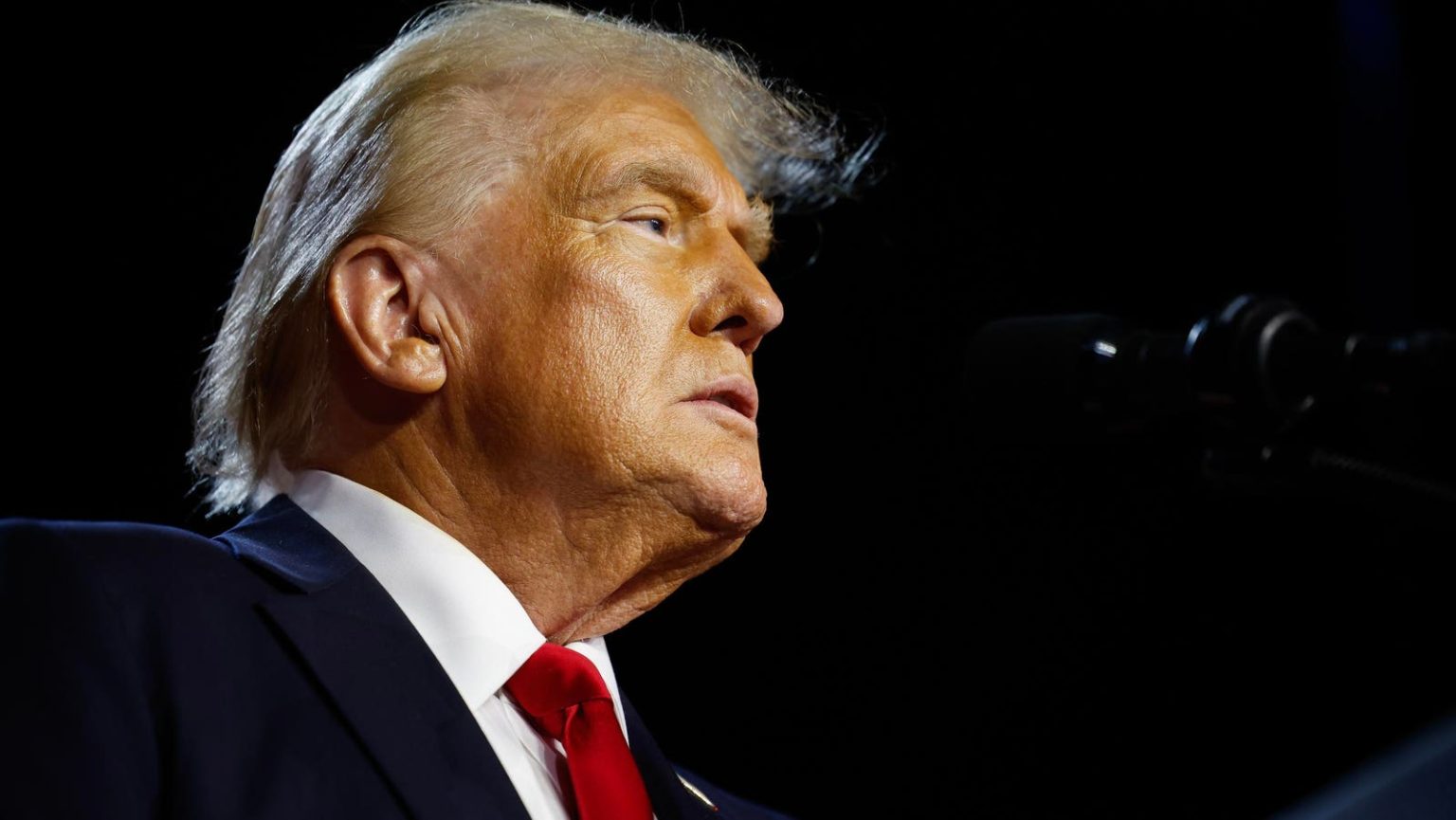The 2024 presidential election has ended, and Donald Trump is poised to retake the White House, with big implications for student loan forgiveness and repayment programs that would impact millions of borrowers.
Vice President Kamala Harris ran on the Biden administration’s student debt relief victories, which have collectively resulted in more than five million borrowers receiving student loan forgiveness — even as several initiatives remain tied up in court. Trump, meanwhile, had repeatedly blasted the Biden administration’s efforts to wipe out student debt.
Here’s what the election results may mean for student loan borrowers, and what to expect in the coming months.
Mass Student Loan Forgiveness Programs Are Likely Dead
While the concept of mass student loan forgiveness has gained enormous traction during the last decade, the issue has become extremely polarized. Republican lawmakers, and even some conservative-leaning Democrats, have come out strongly against all attempts to enact widespread debt cancellation. With Trump now declared the winner of the 2024 election, mass student loan forgiveness is likely dead.
Last summer, the Supreme Court nixed President Joe Biden’s initial attempt at broad student loan forgiveness. In a 6-to-3 ruling, the Court’s conservative majority held that wiping out $10,000 in federal student loan debt for most borrowers was not authorized under the federal statute the administration had relied on.
Biden administration officials forged ahead with a “Plan B” for mass loan forgiveness. The first component would have provided broad relief to four categories of borrowers, including those who first entered repayment decades ago, and people whose loan balances have exploded due to interest. That program was halted by a federal court last month following a legal challenge. Meanwhile, the administration moved forward with a second component of that loan forgiveness plan, and released proposed regulations in October that would provide several pathways to relief for borrowers experiencing hardship. The Education Department had anticipated implementing that aspect of the program sometime in 2025.
But once he takes office, Trump — who has opposed these efforts — is highly likely to eliminate these initiatives, cutting off these avenues for debt relief once and for all.
At Least Some Student Loan Forgiveness And Repayment Regulations Likely Face Repeal
The Biden administration relied heavily on the regulatory process to expand relief under existing student loan forgiveness and repayment programs, broadening access and making it easier for borrowers to qualify. By drafting regulations under existing statutory authorities, the administration was able to avoid a difficult fight in Congress.
But under a Trump administration, these new regulations can be repealed using the same process that the Biden administration utilized to create them. The most at-risk programs are likely several income-driven repayment plans— most notably, the new SAVE plan, which dramatically reduces borrowers’ monthly payments, provides several routes to eventual student loan forgiveness, and provides several other significant benefits. SAVE has been strongly criticized by Republican lawmakers as a backdoor student loan forgiveness program, and is currently blocked due to a legal challenge. But the litigation might become irrelevant if the SAVE plan regulations are simply repealed by the Trump administration, which is a distinct possibility. Other IDR plans enacted through the same regulatory process, such as Income-Contingent Repayment and Pay As You Earn, could also be at risk.
Additional regulatory changes by the Biden administration could be in jeopardy through a Trump regulatory overhaul, as well. These include recent improvements to the Public Service Loan Forgiveness, or PSLF program, such as PSLF Buyback (which allows borrowers to “buy back” periods that normally wouldn’t count toward student loan forgiveness) and an expansion of qualifying employment, as well as Borrower Defense to Repayment, which can provide relief to borrowers who were misled or defrauded by their school.
Some Student Loan Forgiveness And Repayment Plans Could Be Tougher To Repeal
Other federal student loan forgiveness and relief programs may be tougher to eliminate because they were expressly created by Congress, and it would take an act of Congress to change or repeal them. These include several popular programs such as the PSLF program, Income Based Repayment (or IBR, for short), and the Total and Permanent Disability discharge program. None of these programs can simply be eliminated by the White House.
What can happen, however, is that the Trump administration could make it more difficult for borrowers to access these programs. For example, a Trump-led Education Department could enact new regulations that raise barriers or impose new restrictions on accessing relief. Or the administration could simply eliminate oversight of these programs, opening them up to more errors or problems that could result in borrowers not getting the relief that they would be entitled to. The administration could also reduce the effectiveness of Education Department dispute resolution bodies by reducing staffing or cutting funding.
If Republicans wind up winning the House of Representatives, the danger to PSLF, IBR, and the TPD Discharge programs may become more acute. A Republican-controlled Congress could pass legislation to fundamentally alter or even completely eliminate these programs if enough lawmakers want to do that (such actions are suggested by Project 2025, a conservative policy blueprint published in advance of the election). Complete Republican control of Congress does not guarantee that these programs would be repealed, as they are popular programs, and moderate lawmakers may balk at such dramatic reforms that could potentially harm millions of borrowers. Time will tell; and importantly, it may be days or even weeks before we know which party will control the House.
What Republican Student Loan Plans May Look Like
While it is too soon to know what the student loan landscape will look like under a Trump administration (and possibly a Republican Congress, as well), several recently-filed GOP bills do provide some clues.
Republican lawmakers filed recent legislation that would preserve an income-driven repayment plan, but fundamentally alter how it works. Borrowers would still be able to make payments based on their income, with a formula that is similar to the PAYE and REPAYE plans. And, under the proposal, there would be a limit on the amount of interest they would have to repay, which could be a benefit. However, there would be no loan forgiveness, and borrowers would only be relieved of their repayment obligation if they end up paying at least as much as they would have paid under a Standard-type of repayment plan.
Republican lawmakers have also called for the elimination of certain federal student loan programs, such as the Graduate PLUS and Parent PLUS programs. With federal Stafford loans capped, this could mean that students and their parents would have to increase their reliance on risky private student loan products to cover the gap between federal student aid and the cost of attendance at a college or university.
One potential wildcard is bankruptcy. It is extremely difficult in many cases, but not necessarily impossible, to discharge student loans in bankruptcy. There has been, at times, bipartisan appetite for bankruptcy reform that would make it easier for student loan borrowers to obtain relief through bankruptcy in certain circumstances. It remains to be seen if student loan bankruptcy reform could happen under a Trump administration.
Read the full article here



